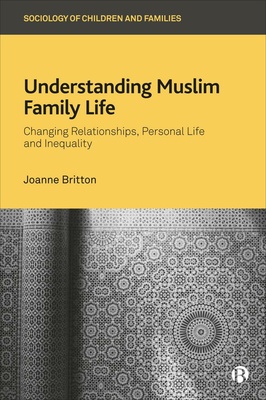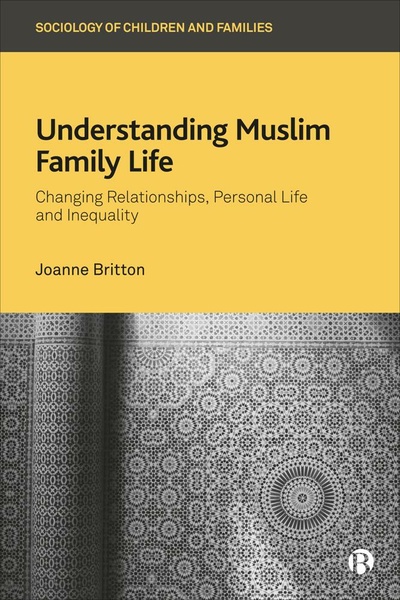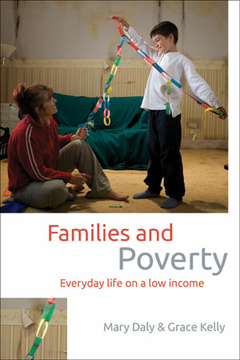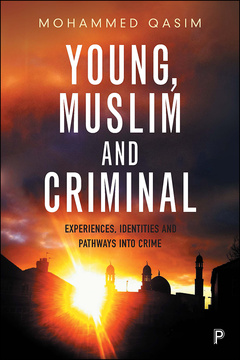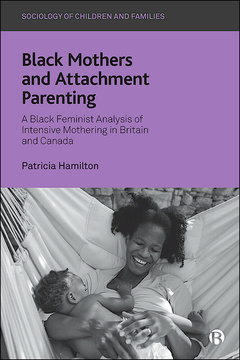Understanding Muslim Family Life
Changing Relationships, Personal Life and Inequality
By Joanne Britton
ISBN
978-1529221718Dimensions
234 x 156 mmImprint
Bristol University PressISBN
978-1529221725Dimensions
234 x 156 mmImprint
Bristol University PressISBN
978-1529221725Dimensions
234 x 156 mmImprint
Bristol University PressThis book offers an innovative perspective on Muslim family life in British society. Drawing on recent debates, the book considers how theories of family have overlooked Muslim families and offers a comprehensive framework to address this oversight.
Informed by decolonizing approaches, the book sheds light on the impact of narrow and stigmatizing perspectives that shape our understanding of Muslim families. The author pays close attention to the increasing diversity of family forms and to the role of gender and generation, whilst also considering race, ethnicity and class. In doing so, she demonstrates how a better understanding of Muslim family life can inform policies to address inequalities, and advocates for placing Muslim families at the heart of policy solutions.
“This book provides much-needed contemporary insights into the realities of Muslim family life in minority contexts. Britton tackles the key issues head-on with nuanced coverage of structural and cultural explanations, challenging stubborn stereotypes with theoretical rigour and cultural humility.” Asma Khan, Cardiff University
“This book makes visible the richness, complexity and dynamism of British Muslim families, calling for family and relationship studies to talk back to and challenge racist discourses.” Kaveri Qureshi, University of Edinburgh
Joanne Britton is Senior Lecturer in Applied Sociology at the University of Sheffield.
1. Introduction
2. Theorizing Muslim Family Life
3. Identity and Belonging: Exploring Intersections
4. Changing Perspectives: Muslim Families as 'a Problem'
5. Marriage Practices
6. Gender Relations and Diverse Relationship Practices
7. Generation and Intergenerational Relations
8. Inequality, Disadvantage and Discrimination
9. Conclusion







